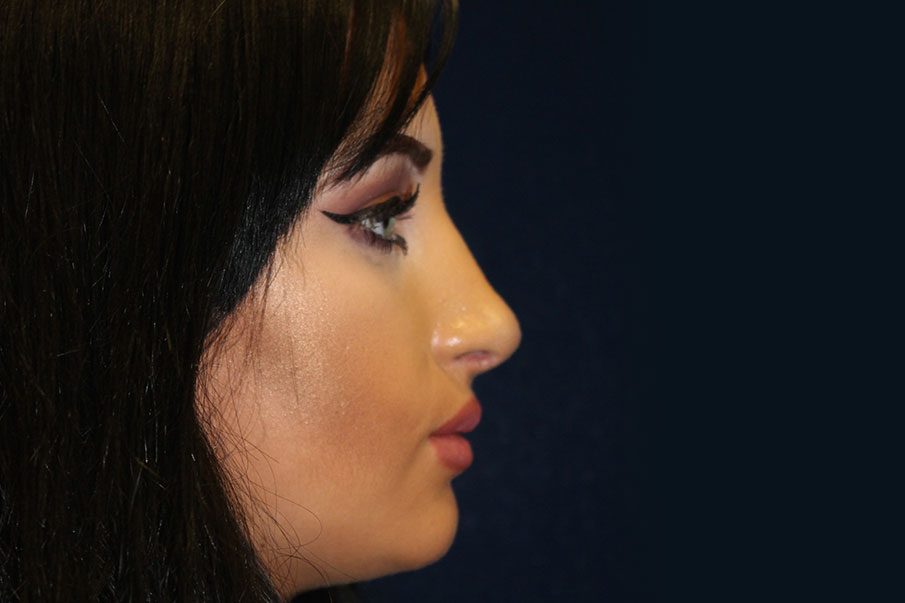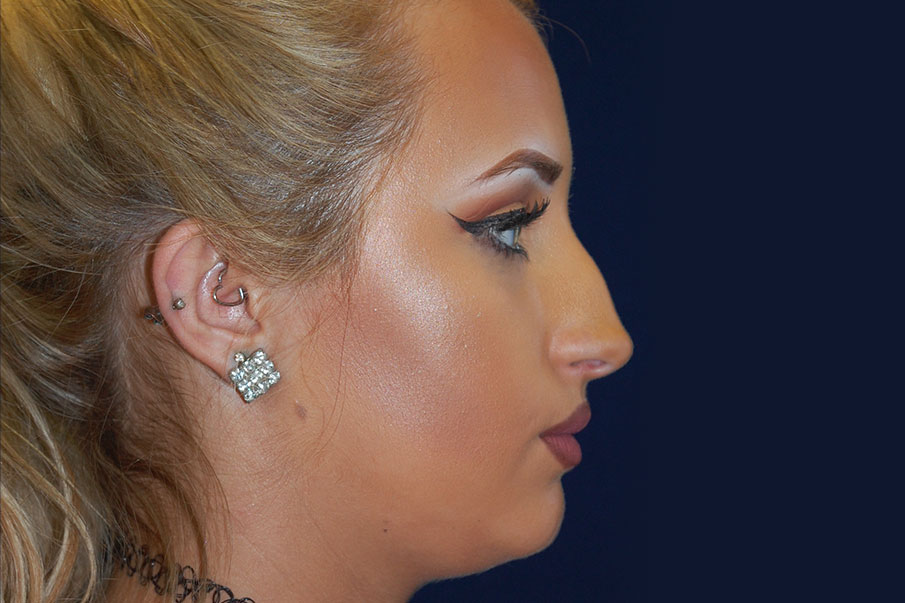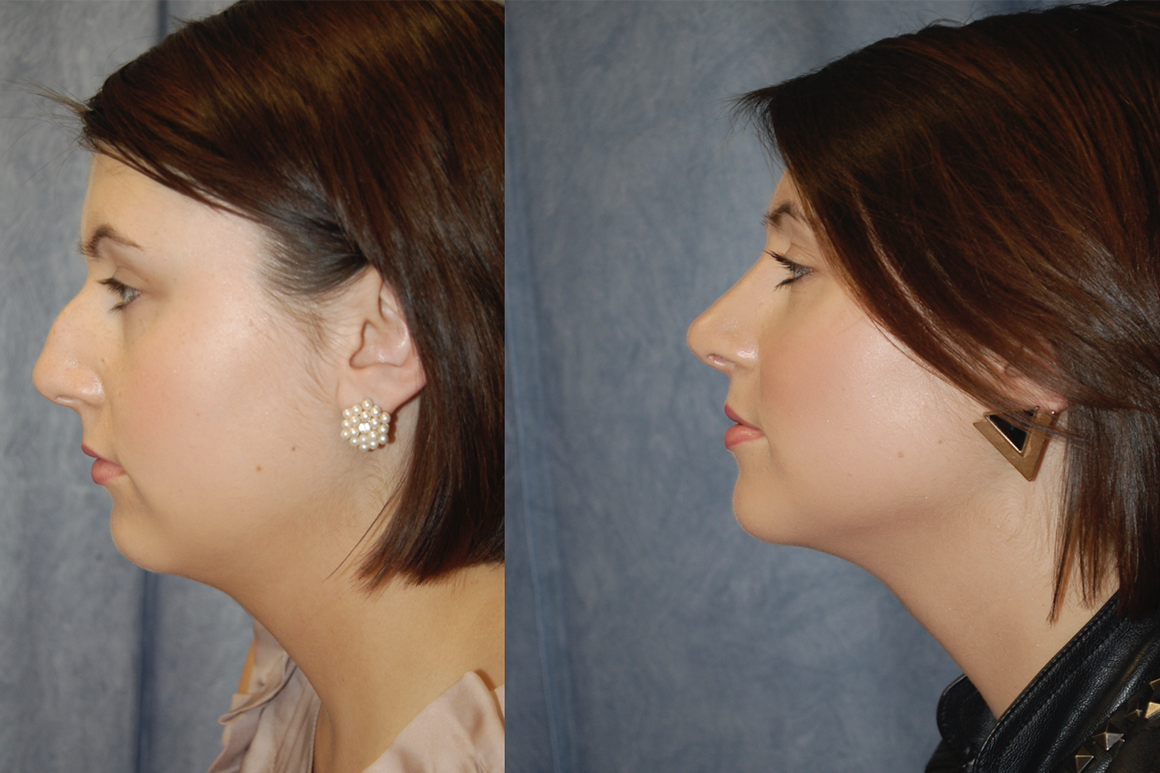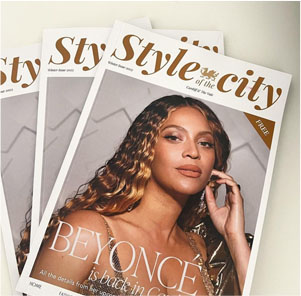Rhinoplasty, also known as nose reshaping is one of the most technically challenging, yet personally rewarding plastic surgery procedures available today.
The history of cosmetic rhinoplasty originates as a natural extension of reconstructive nasal surgery. Descriptions of nose reconstruction for trauma and disease have been described in Egyptian hieroglyphics from 2500 BC and in ancient Indian writings during 600 BC, and later by the Italians during the 15th and 16th century. However, it is still not clear when the first cosmetic rhinoplasty or “nose job” was performed.
Interestingly a beautiful nose is all about proportion, symmetry and a harmonious balance within an individual’s facial features. Some of the patients I treat, have concerns with the size and appearance of their nose and are searching for drastic refinement. But it is important to remember that the nose is a central feature of one’s face and startling alterations will result in the need for a new passport photo, and might surprise even yourself!

There is no one size fits all procedure for clients. Rhinoplasty can be “open” – where an incision is made across the bridge of skin between your nostrils as well as inside the nostrils, or “closed” where incisions are only inside the nostrils. The approach will depend on how much bone or cartilage adjustment is required. Frequently nasal bones will be broken and reset to help obtain the desired aesthetic (and is surprisingly not that uncomfortable).
With the use of non-invasive facial fillers becoming more common place in the cosmetic arena, “non-surgical” rhinoplasty is another method of modifying nose shape. Unlike surgery, this is not permanent and has limitations; However, it is vital that clients understand nasal anatomy before embarking upon this procedure, as ignorance and unrealistic expectations can result in less than ideal outcomes.

My thoughts on this surgery are somewhat biased, but I have seen some extremely dramatic and positive results. Social encounters, starting University, a new career, correction of previous trauma, or just a lifelong desire for a different nose, are all reasons why patients have come to me for treatment in the past.
If that has inspired you to you to consider surgery, make sure you research your Doctor, and book in for after care, as this is as important as the operation itself.







